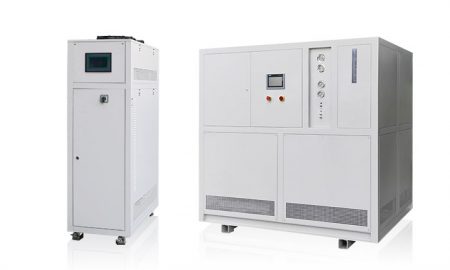How does the Chiller System Perform the Refrigeration Cycle?
Process cooling systems may be used in industrial machinery to prevent overheating of the machinery. They are very effective at keeping the product at the optimum temperature, but how do chillers work? Understanding how process chillers work can help in choosing the ideal refrigeration system.
The working principle of the chiller:
Simply put, industrial chillers are primarily used to cool process fluids. Process fluids (usually water or a mixture of water and glycol) are used to cool machinery, equipment, and more. The process fluid absorbs heat from the object being cooled, which is then removed from the fluid by a chiller and transferred to the ambient air.
Refrigeration circuit:
An industrial chiller or glycol chiller system consists of two main circuits: the refrigeration circuit and the fluid circuit. The refrigeration circuit consists of four parts: compressor, condenser, expansion valve and evaporator. The refrigeration circuit removes heat from the process fluid. Fluid circuits typically consist of fluid reservoirs, pumps, filters and heat exchangers. The fluid circuit carries the process fluid around the object being cooled.
Refrigeration cycle steps:
The refrigeration circuit is the most technical part of how a chiller works. The refrigeration cycle utilizes the principles of thermodynamics to efficiently transfer heat from one area to another. During operation of the chiller, heat is extracted from the fluid being cooled and transferred to the ambient air.
compressor
The refrigeration cycle starts with the compressor. The low-pressure low-temperature refrigerant in liquid state will be compressed into high-pressure high-temperature gas.
condenser
The gas then flows through coils in the condenser. In the condenser, air or water will flow through the coils and remove heat from the refrigerant. As the refrigerant loses heat, it will begin to condense until all the gas has condensed into a liquid.
Válvula de expansão
After leaving the condenser, the liquid passes through an expansion valve. The expansion valve restricts the flow of refrigerant. As the high pressure liquid passes through the expansion valve, it begins to enter the evaporator.
Evaporador
The evaporator is where the refrigerant begins to evaporate back into a gas. When the refrigerant evaporates, it becomes very cold and absorbs a lot of heat. The process fluid will interact with the refrigerant in the evaporator. Heat is removed from the fluid and transferred to the refrigerant. The refrigerant will then enter the compressor and the cycle begins again.
Nós somos um fabricante profissional de equipamento de controlo de temperatura, apoiando serviços personalizados, por favor consulte-nos para mais pormenores!
Gama de controlo de temperatura: -150°C a +50°C
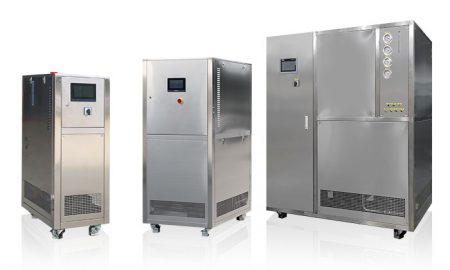
Sistemas dinâmicos de controlo da temperatura
Gama de controlo de temperatura: -120°C a +350°C
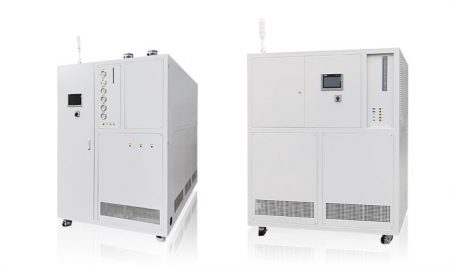
Refrigeradores de teste para automóveis
Gama de controlo de temperatura: -40°C a +100°C
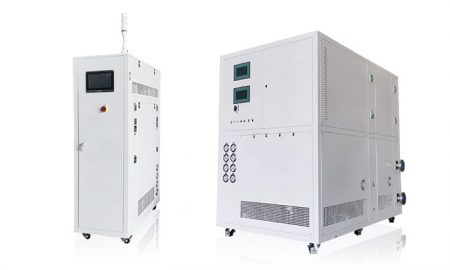
Refrigeradores de teste de semicondutores
Gama de controlo de temperatura: -85°C a +250°C
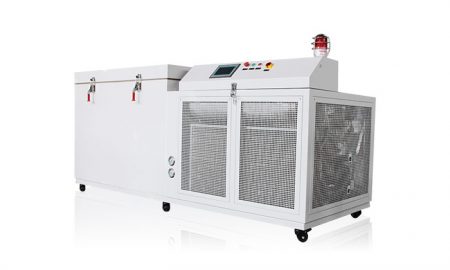
Gama de controlo de temperatura: -150°C a -10°C
 LNEYA
LNEYA
 简体中文
简体中文











































































